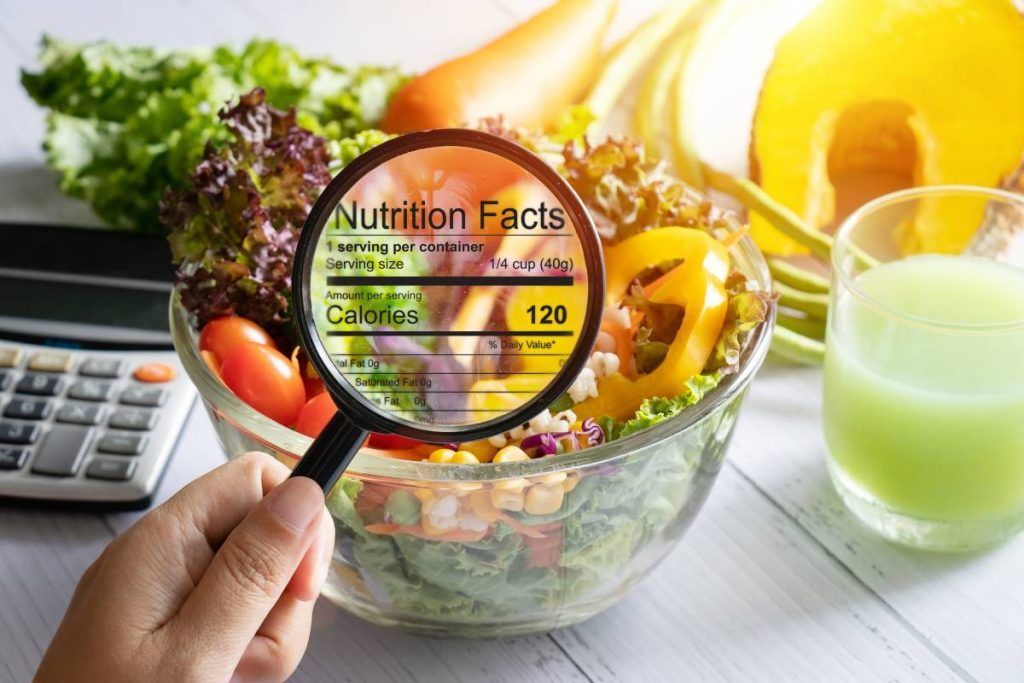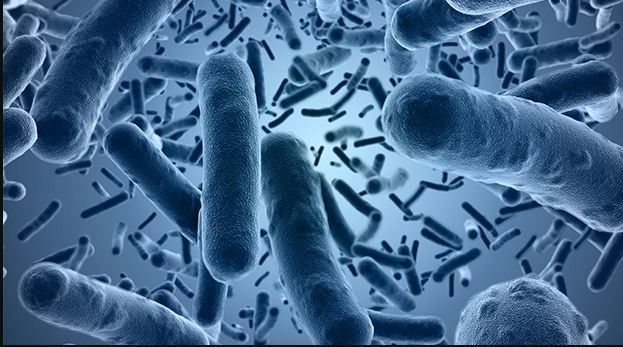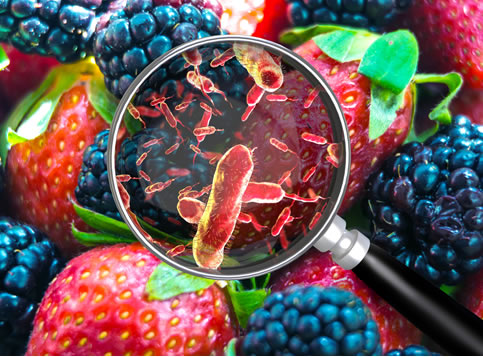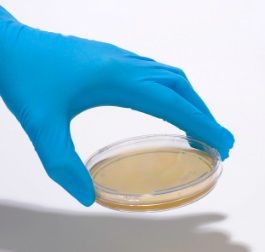






Dining out has garnered a considerable amount of popularity in recent years as many people now dine out more than they eat at home. This trend has been spurred by a growing cultural shift by many of the younger generation as greater emphasis is put on experiencing the best tasting and unique meals. These meals are often from many corners of the world, and though they bring a unique culinary experience to those partaking in the meal, they can also be the cause of dangerous health consequences.
Highlighting the potential health issues that can stem from these meals is the growth in number of foodborne illnesses has paralleled the growth of our increased of dining out. The growth of these incidences of foodborne diseases is caused by contamination events involving the transmission of variety bacteria, parasites and viruses from external sources [2,4]. Contamination events from these microbes often occur through multiple vectors; however, the most common vector is through the food itself as many ingredients are incubators of these microbes [3,4]. Meals containing raw foods like poultry, raw eggs, unpasteurized milk and raw shellfish are the most likely to be contaminated with pathogenic microbes [3]. A recent case that highlights this involved a texas woman who contracted a flesh-eating bacterium from raw oysters she consumed [2]. While tragic, events like this are a growing occurrence as more and more of us are choosing meals that use a significant quantity of raw or undercooked foods [3,4].
Also contributing to the rise of foodborne illnesses is the steady increase in food recalls that is affecting produce suppliers like farmers. In recent years farms supplying fruits and vegetables have seen a consistent rise in contamination events involving animal waste being left over on produce being shipped out [1,3]. In some instances, these fruits and vegetables are contaminated either at the farm or at the restaurant with contaminated water used to wash the produce that contain waterborne microbes like shiga toxin-producing E. coli [2,3]. These trends are even more worrying as a growing number of people now ascribe to dietary preferences like vegetarianism, veganism and the whole foods diet [3]. All of these lifestyles all emphasize a diet rich in produce; as we’ve seen some of the produce can often be contaminated with a plethora of microbial agents.
While raw foods and contaminated produce are often some of the leading causes of foodborne illness, people handling the meals are the single most significant vector in the transmission of foodborne diseases. Dining in restaurants where one or a few of the servers or cooks is sick or has not adequately used hand washing techniques can put you at a significant risk of contracting a foodborne illness [3,4]. Cases of this happening are a regular occurrence as pathogens transferred from people like norovirus, listeria and clostridium perfringens the most common cause of fooborne illness. This risk is further increased when consuming foods that readily harbor and incubate microbes like raw foods, vegetables, and unpasteurized drinks.
The growing popularity of dining out has curiously paralleled the continuous rise of foodborne illnesses for those who frequent restaurants. Contaminated produce, water, and sick food handlers are all known vectors for microbial transmission and catalysts for foodborne diseases. Here at Sure-Biochem Laboratories; we recommend avoiding or reducing your consumption of raw, undercooked or unpasteurized foods and drinks. We also recommend being up to date with the latest food recall information to help you in making the most informed decisions. For more information regarding food testing, foodborne illnesses and microbial testing contact Sure-BioChem at 888-398-7247.
References
Doyle, Michael P., et al. "The food industry's current and future role in preventing microbial foodborne illness within the United States." Clinical Infectious Diseases 61.2 (2015): 252-259.
Joyce, Kathleen. “Texas Woman Dies from Flesh-Eating Bacteria after Raw Oysters Banquet.” Www.msn.com, 5 Jan. 2018, www.msn.com/en-us/health/healthtrending/texas-woman-dies-from-flesh-eating-bacteria-after-raw-oyster...
Powell, Douglas A., Casey J. Jacob, and Benjamin J. Chapman. "Enhancing food safety culture to reduce rates of foodborne illness." Food Control 22.6 (2011): 817-822.
Scallan, Elaine, et al. "Foodborne illness acquired in the United States—major pathogens." Emerging infectious diseases 17.1 (2011): 7.







Interested in Working with
Sure-BioChem Laboratories
Sure-BioChem Laboratories offers top-notch analytical testing for various industries. Our advanced lab and expert team ensure reliable, quality results. We're committed to excellence, helping clients meet high standards in environmental, food, and pharmaceutical testing.
Headquarters:
1000 Atlantic Avenue
Camden, NJ 08104
PHONE: 888-398-7247
Main Menu